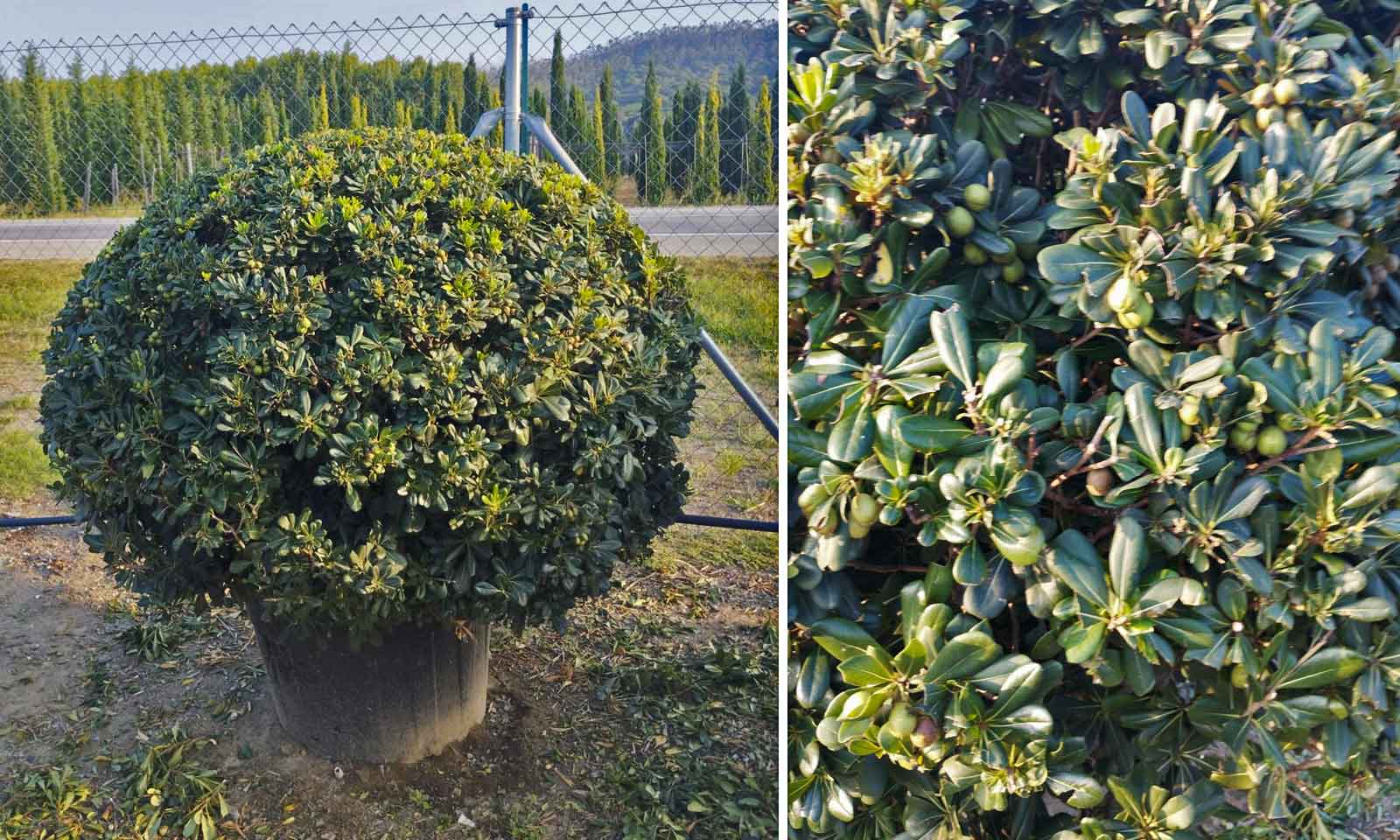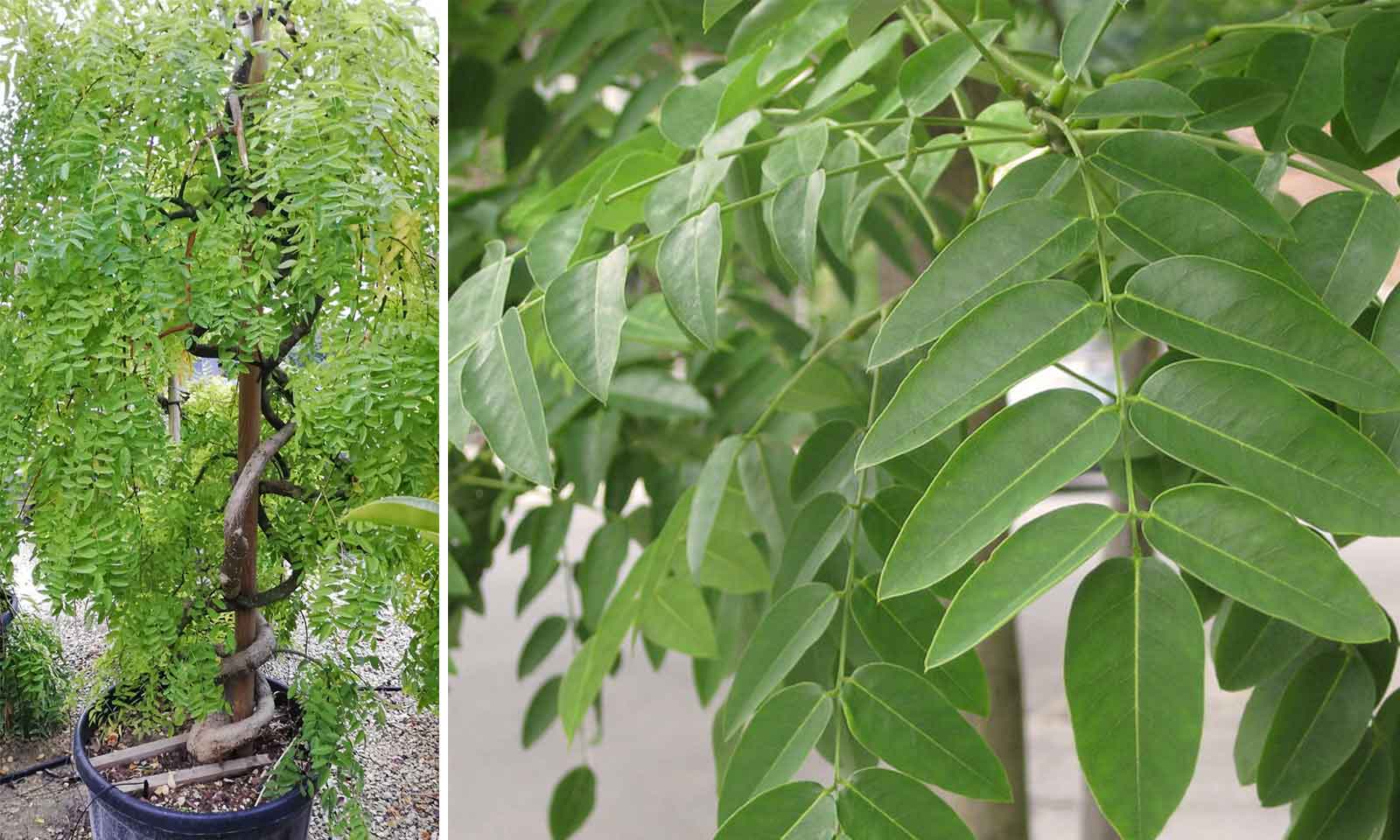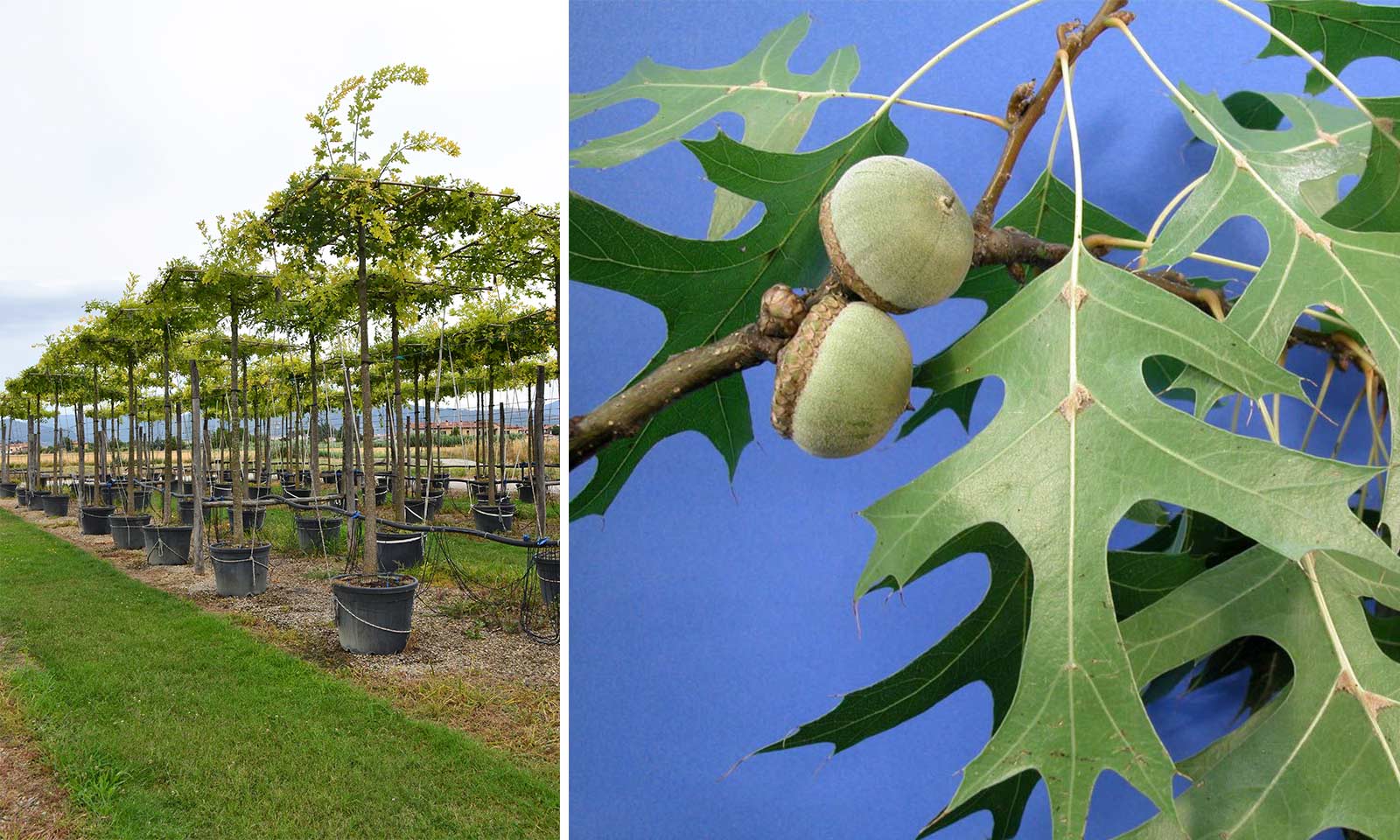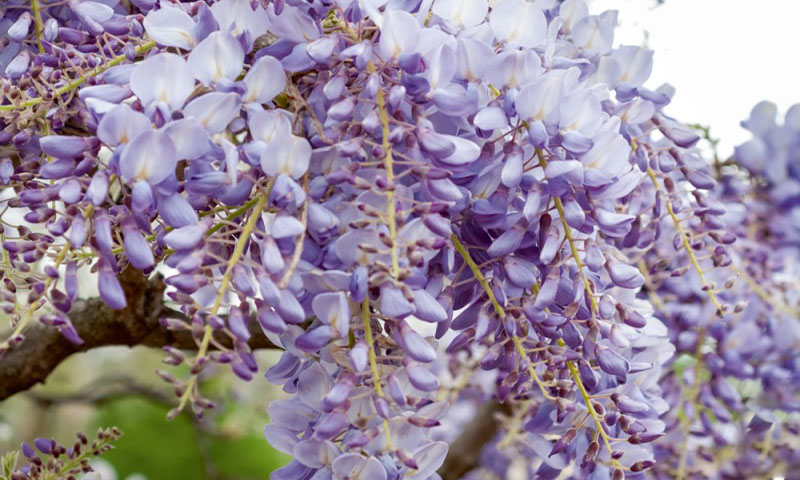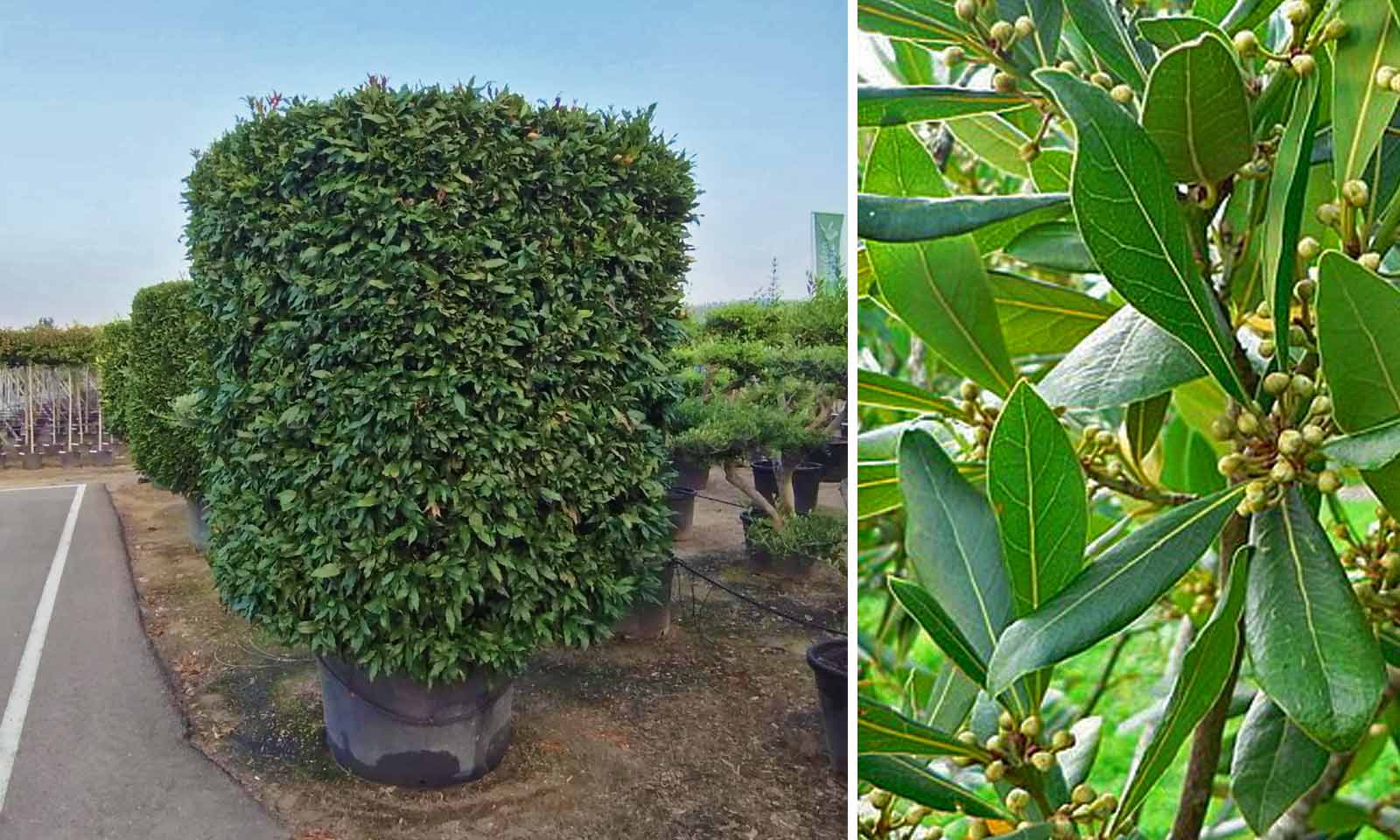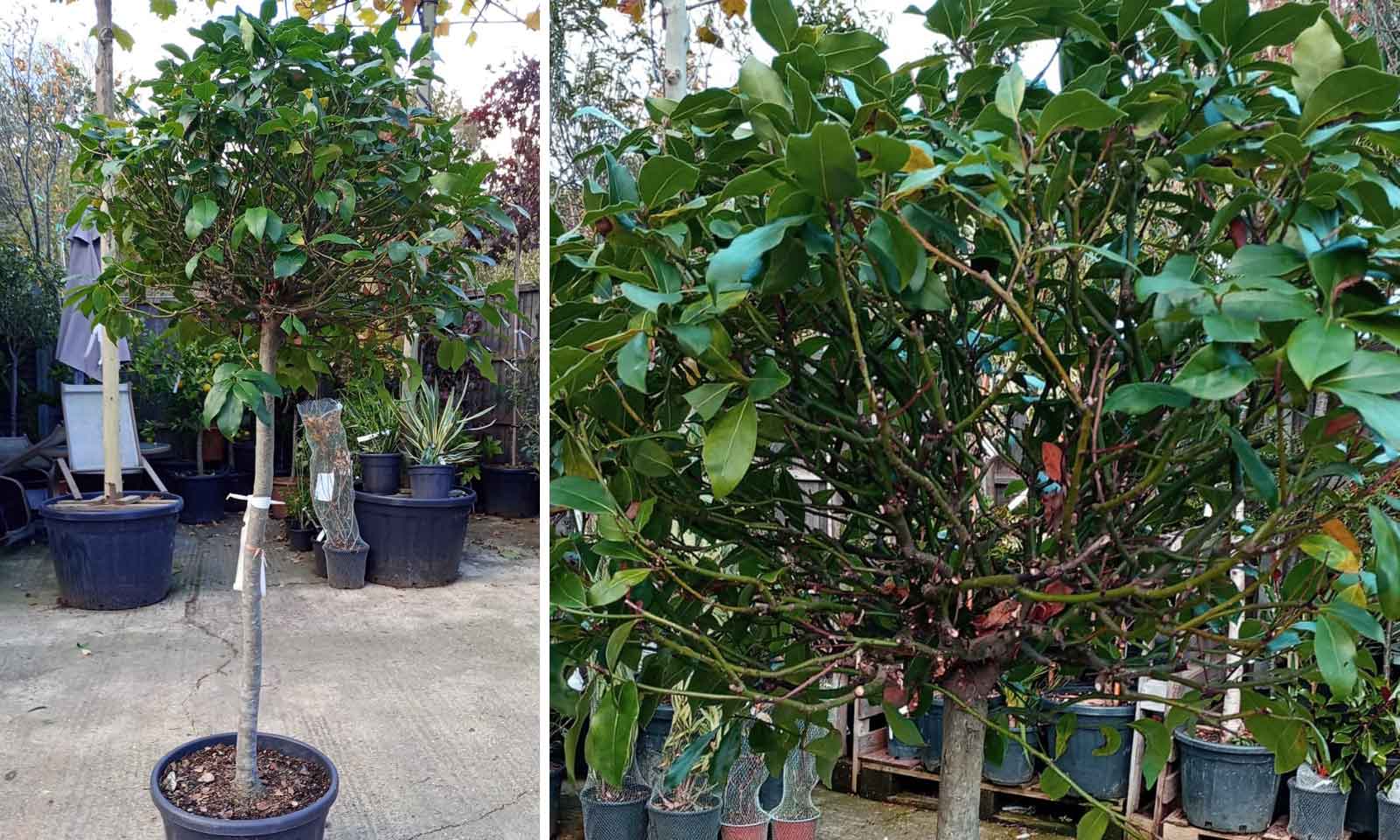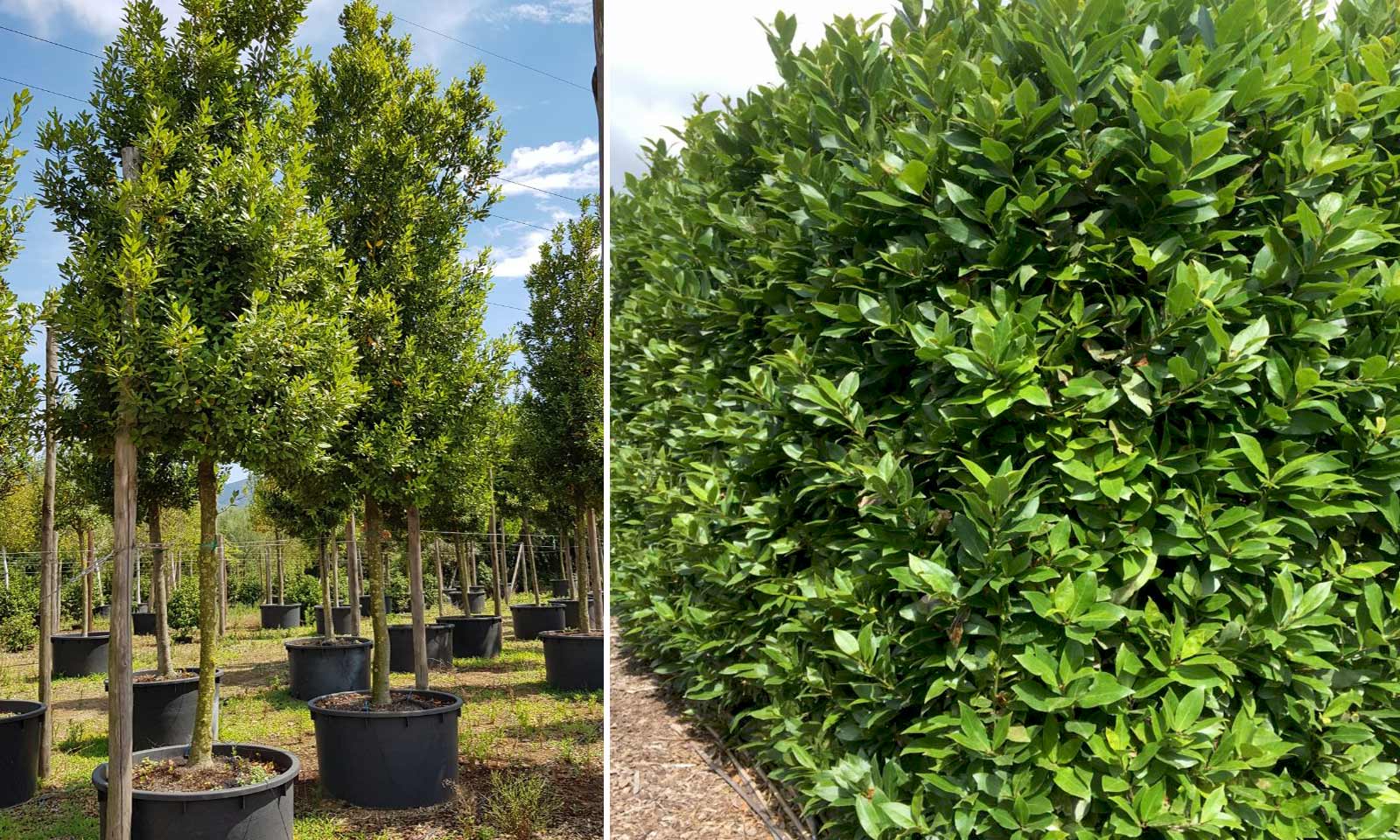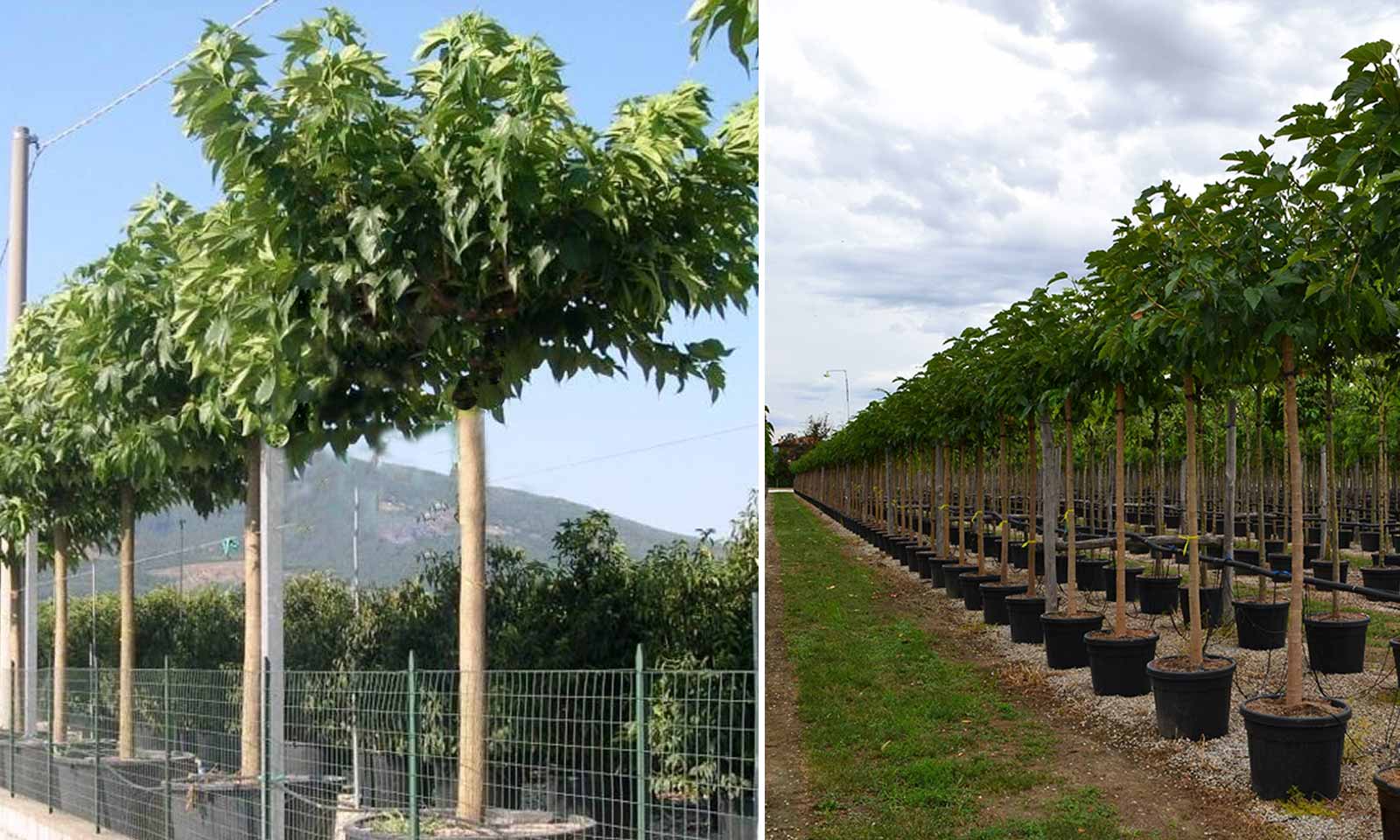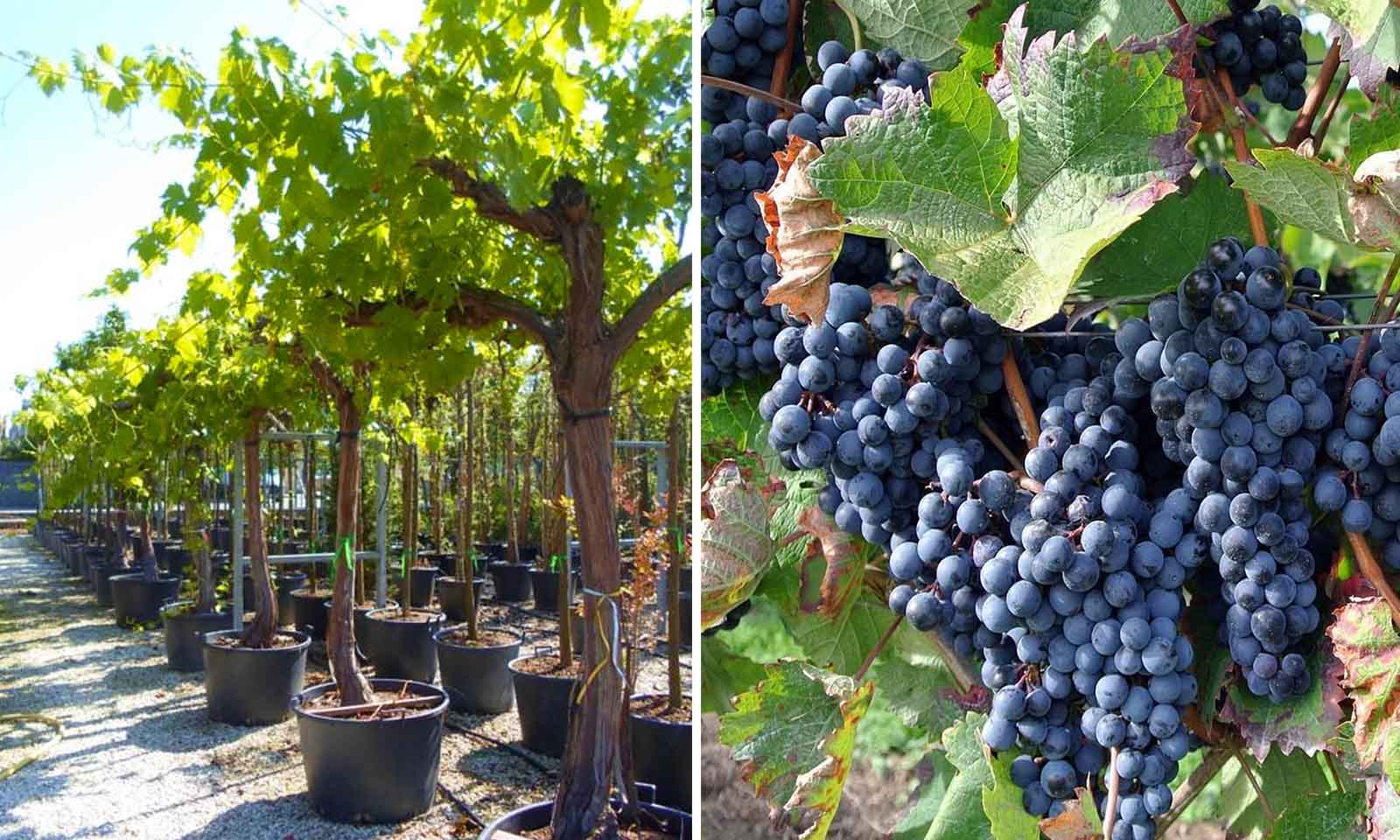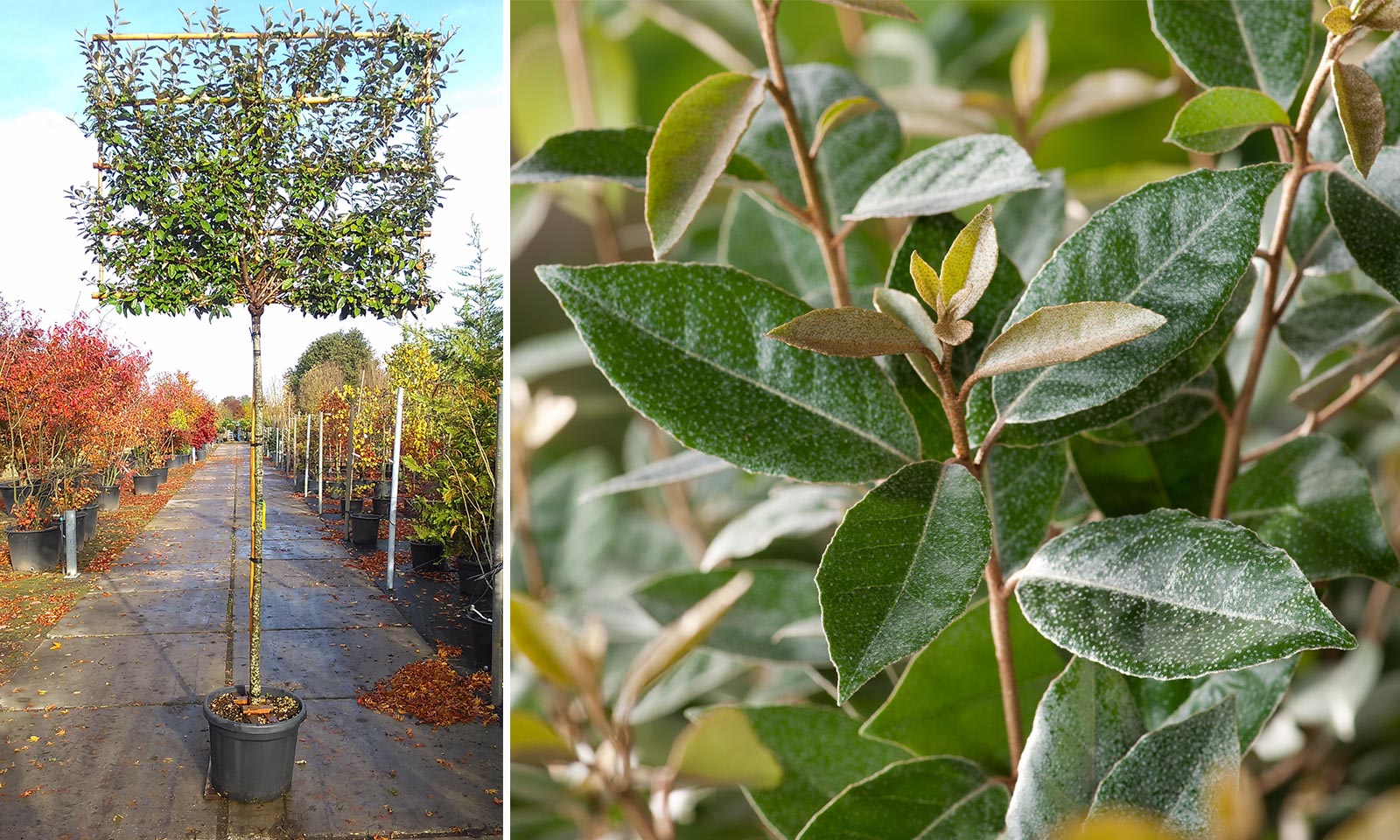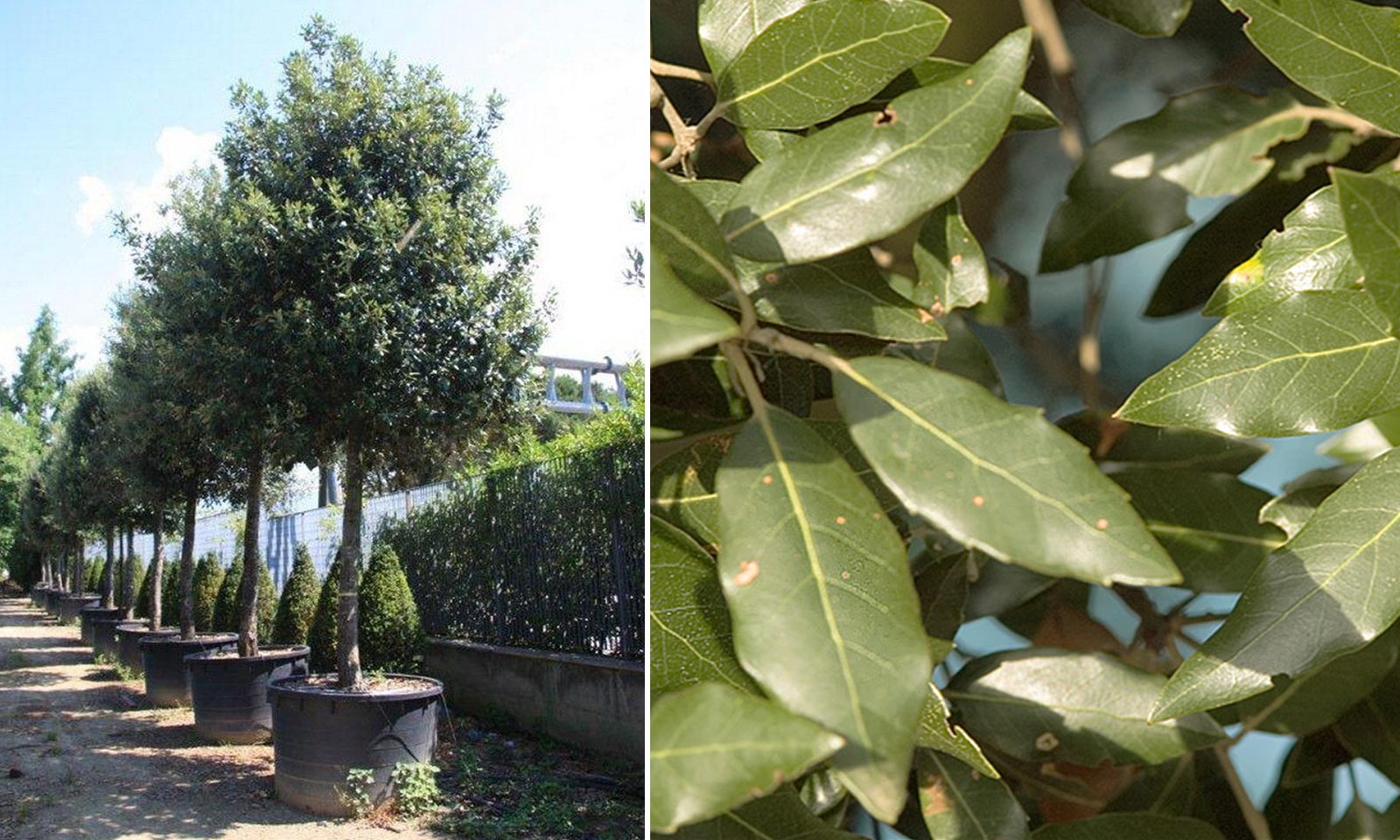Liquidambar Styraciflua (Sweet Gum Tree) - Standard Pleached
This plant’s genus name Liquidambar was first given by Linnaeus in 1753 from liquidus, fluid, and the Arabic ambar, amber, in allusion to the fragrant terebinthine juice or gum which exudes from the tree. Its specific epithet styraciflua is an old generic name meaning “flowing with storax” (a plant resin). The name “storax” has long been confusingly applied to the aromatic gum or resin of this species, that of L. orientalis of Turkey, and to the resin better known as benzoin from various tropical trees in the genus Styrax.The sweetgum has a Nahuatl name, Ocotzocuahuitl, which translates to tree that gives pine resin from ocotl (pine), tzotl (resin), cuahuitl (tree), which refers to the use of the tree’s resin.The common name “sweet gum” refers to the species’ “sweetish gum”, contrasting with the black gum (Nyssa sylvatica), only distantly related, with which the sweet gum overlaps broadly in range. The species is also known as the “red gum”, for its reddish bark. Generally trouble free when it comes to pests and diseases. The plant itself flowers throughout most of the year with a multitude of colours depending on the season. Beautiful pink, purple, red, variegated and white in the Autumn is the best time for this plant although the summer months can produce a nice variety as well. With a H6 rating, this plant is perfect for the British climate.
Product Dimensions
Girth 14-16 cm: 110 litre pot, Trunk – 200 cm (6.6 ft), Trellis - W140 x H120 cm (4.6 x 3.9 ft);
Girth 16-18 cm: 130-150 litre pot, Trunk – 200 cm (6.6 ft), Trellis - W140 x H120 cm (4.6 x 3.9 ft);
Girth 18-20 cm: 130-150 litre pot, Trunk – 200 cm (6.6 ft), Trellis - W140 x H120 cm (4.6 x 3.9 ft);
Girth 20-25 cm: 150 litre pot, Trunk – 200 cm (6.6 ft), Trellis - W140 x H120 cm (4.6 x 3.9 ft);
Latin Name: Liquidambar Styraciflua
English Name: Sweet Gum Tree, Silver King
Species: Hamamelidaceae
Genus: Liquidambar
Foliage Type: Deciduous
Foliage: Green-White-Pink-Purple-Variegated-Grey
Fragrance: Flower
Flowering Period: Throughout the year
Suggested Location: Outdoor.
Suggested Soil Type: Well-Drained, moist but well drained. Clay. Loam. Sand,
Suggested Exposure to Sunlight: Full Sunlight or Partial Shade.
Suggested Exposure to Weather: Sheltered or Exposed
Hardiness Rating: High (H6)
Lowest Temperature Tolerance: -20 °C to -15 °C (-4 °F to 5 °F)
Cultivation: Grow in lime-free soil in sun or partial shade
Suggested planting locations and garden types: Low Maintenance Cottage; Informal Garden
Maintenance: Pruning group 1
Propagation: Propagate by semi-hardwood cuttings, or by grafting in winter
Habit: Bushy
Final Height: 1.8 m – 2 m (5.9 ft - 6.6 ft)
Final Sideways Spread: 90 cm - 1.5 m (2.9 ft - 4.9 ft)
Pests: Generally trouble free
Diseases: Generally trouble free
Delivery Cost: This is calculated based on the total size, weight and quantity of your order, as well as the location of your delivery address. You will see the final price at the Online Checkout Page (before making payment) – our website will automatically calculate the lowest possible delivery price and apply discounts to orders of certain products – giving you the best value delivery every time!
Please note that high-volume orders will decrease your delivery costs significantly by spreading the price across multiple items. Visit our Delivery Policy page for more information.
